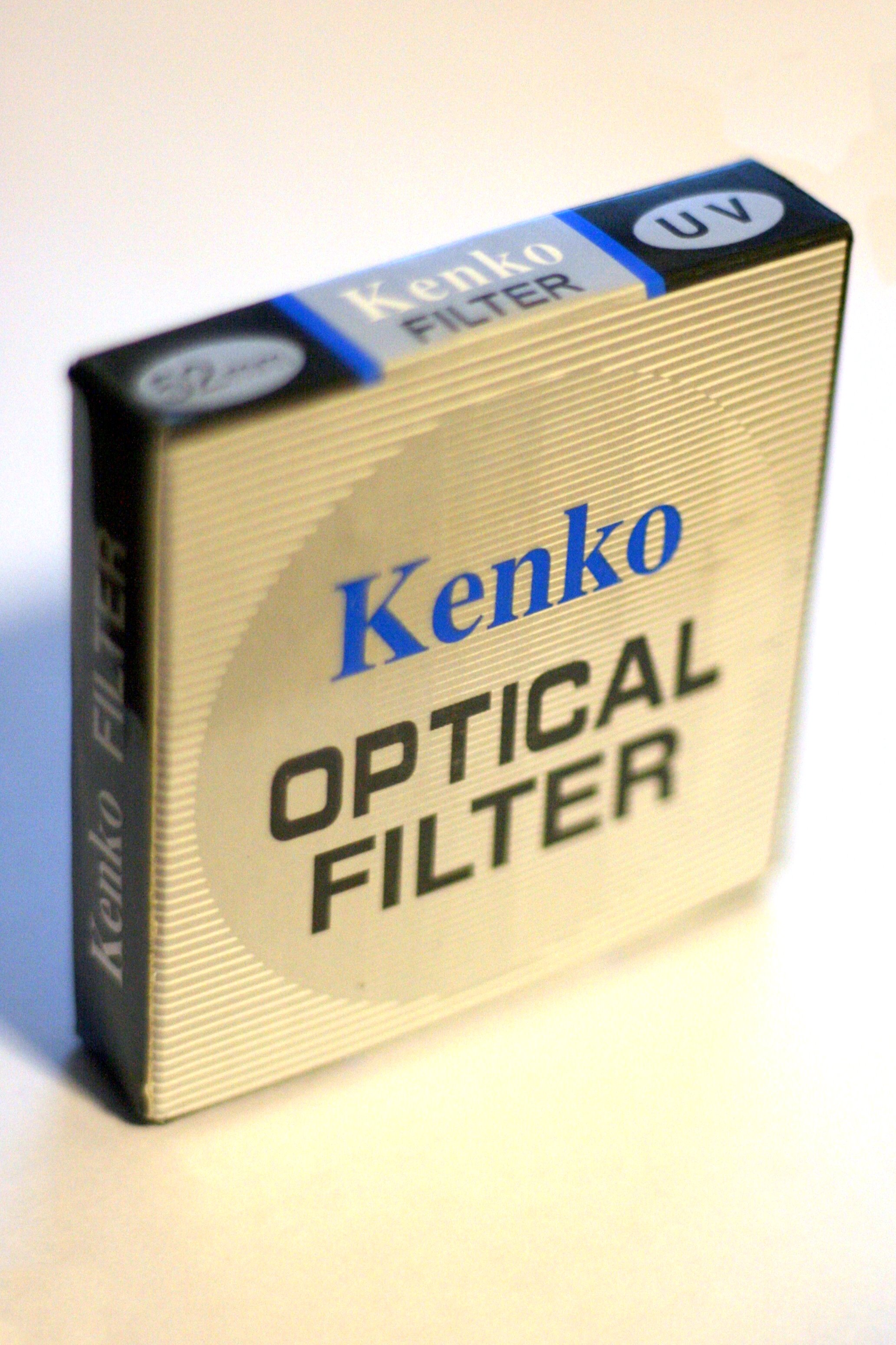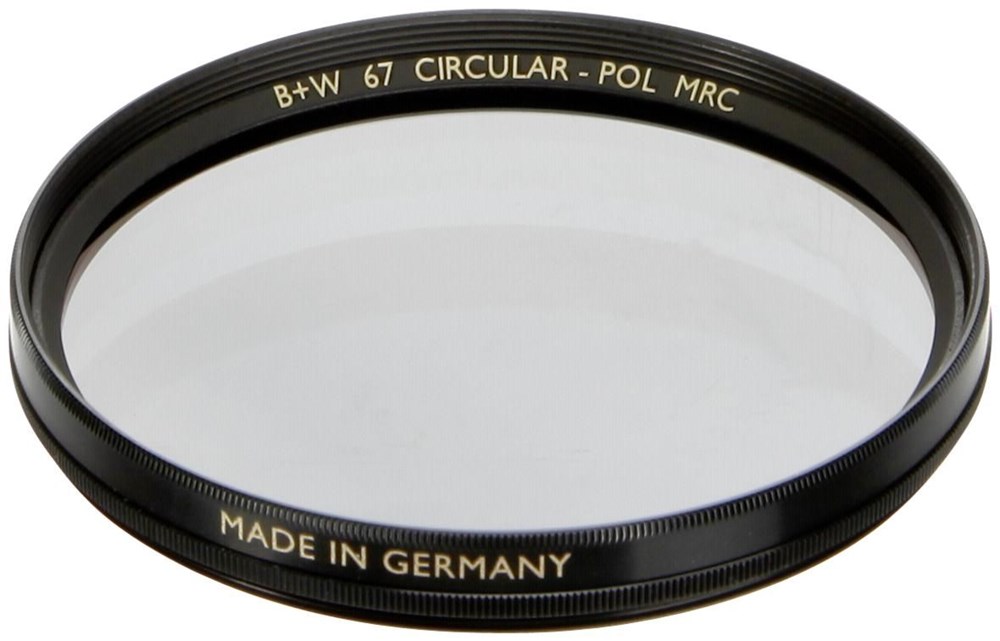The following equipment is useful to your kit; however, none of these are required for this course.

Tripod
You don’t need a tripod (there are many ways to use a makeshift tripod for this course). But it is helpful, especially for landscape, low-light, and long-exposure photography.

Camera bag or phone case
A camera bag is useful for storing your camera and gear, especially when carrying it to your location. You’ll want something lightweight and easy to carry if you’re going to walk very far – a photographer friend of mine had a backpack outfitted for all of his lenses, tripod, and more. I use a photography vest like this Cotton Carrier and a second smaller bag for the rest of my gear when I’m out on the trail.

If you’re using a phone camera, it’s an excellent idea to have a durable phone case. I prefer models that are shockproof.

Lens cap/UV Filter (DSLR/Mirrorless cameras only)
A lens cap is an absolute must for any camera lens (on a DSLR or mirrorless camera). You may also wish to attach a UV filter to protect your lens while shooting photos. I like to carry an extra lens camp on every adventure, in case I lose one (it’s happened!)

Cleaning kit
If you have a lens, you’ll want a cleaning kit with a microfiber cloth and (possibly) cleaning fluid to keep the lens clean. It’s also helpful for cleaning your LCD screen or phone screen and the lens of phones and point-and-shoot cameras.

Camera strap
Small cameras usually come with a wrist strap. DSLR and mirrorless models often have a neck strap. When you’re out in the wilderness, having a strap can save your camera if you drop it. So while it’s not required, I highly recommend some kind of camera strap!

Polarizing filter
This is by no means required for the course. However, it can be helpful, especially in certain landscape situations.